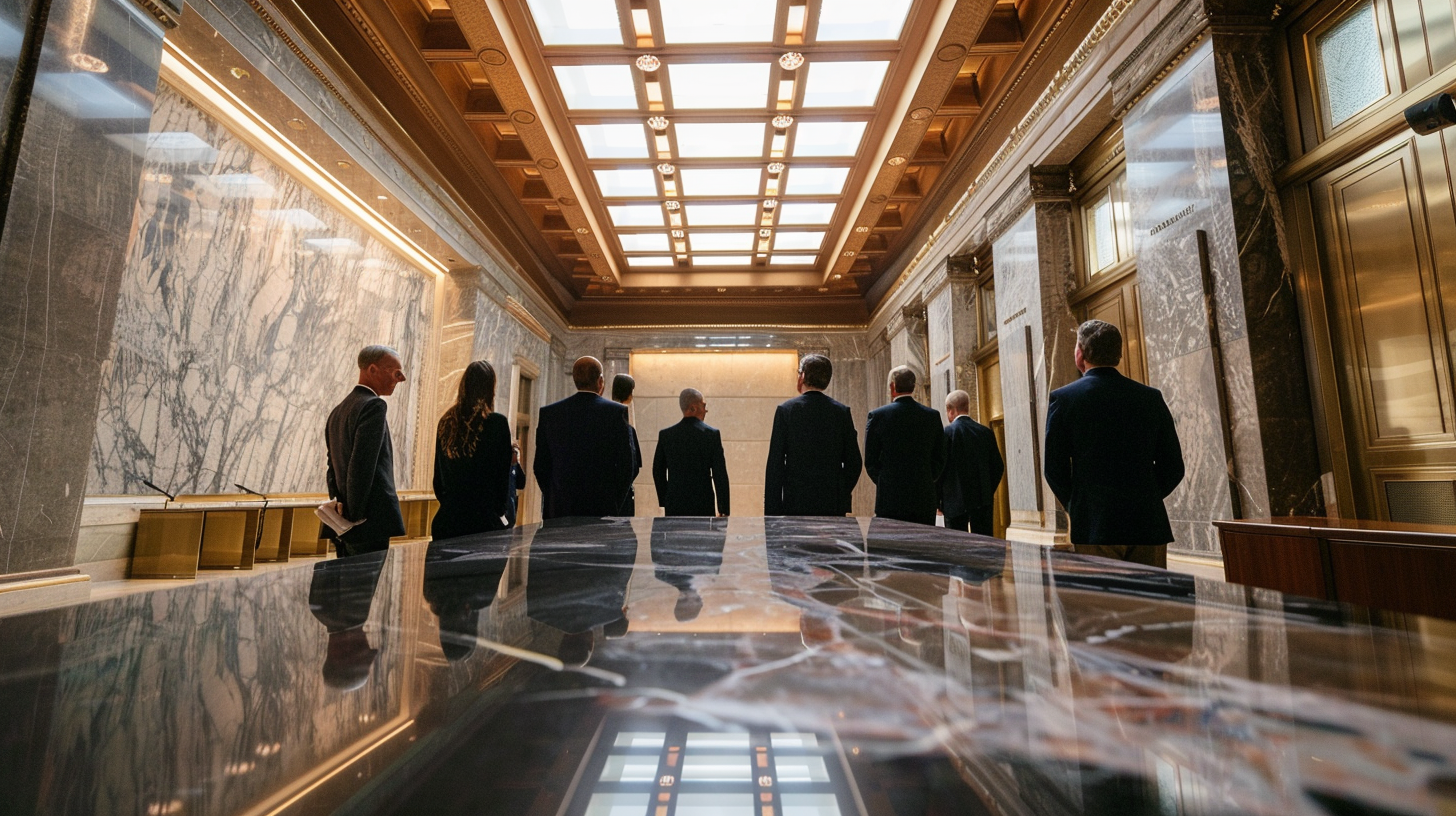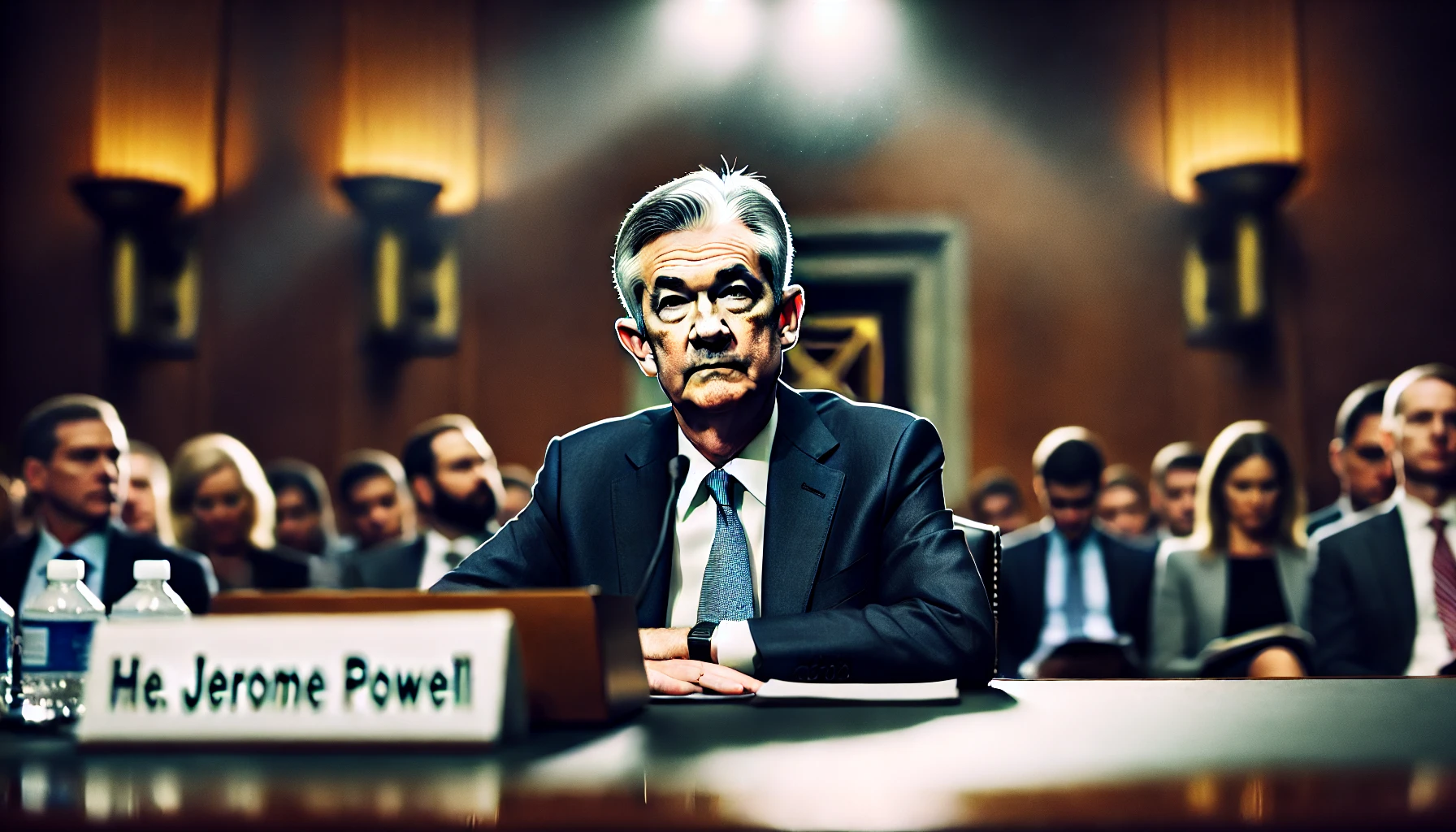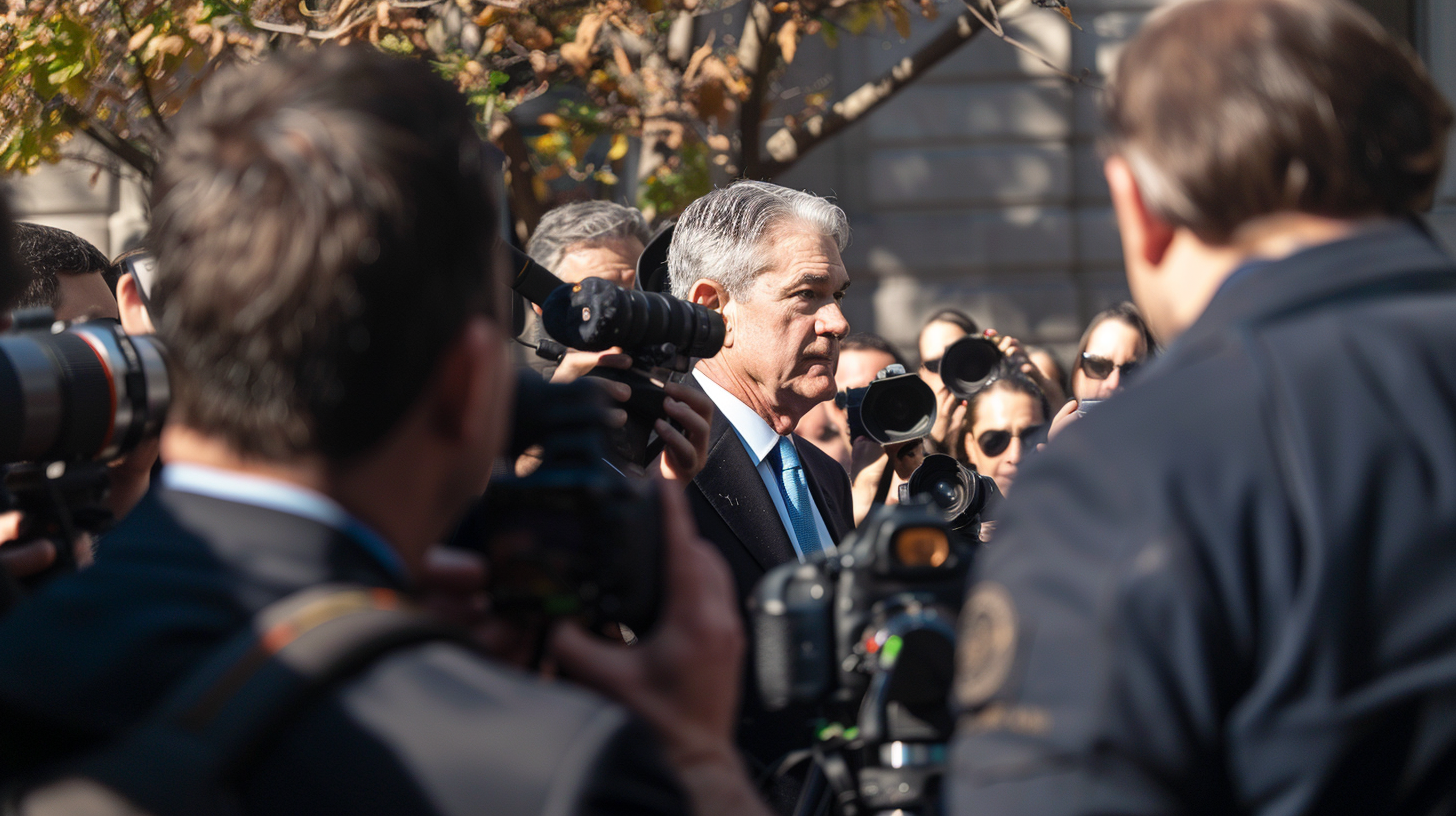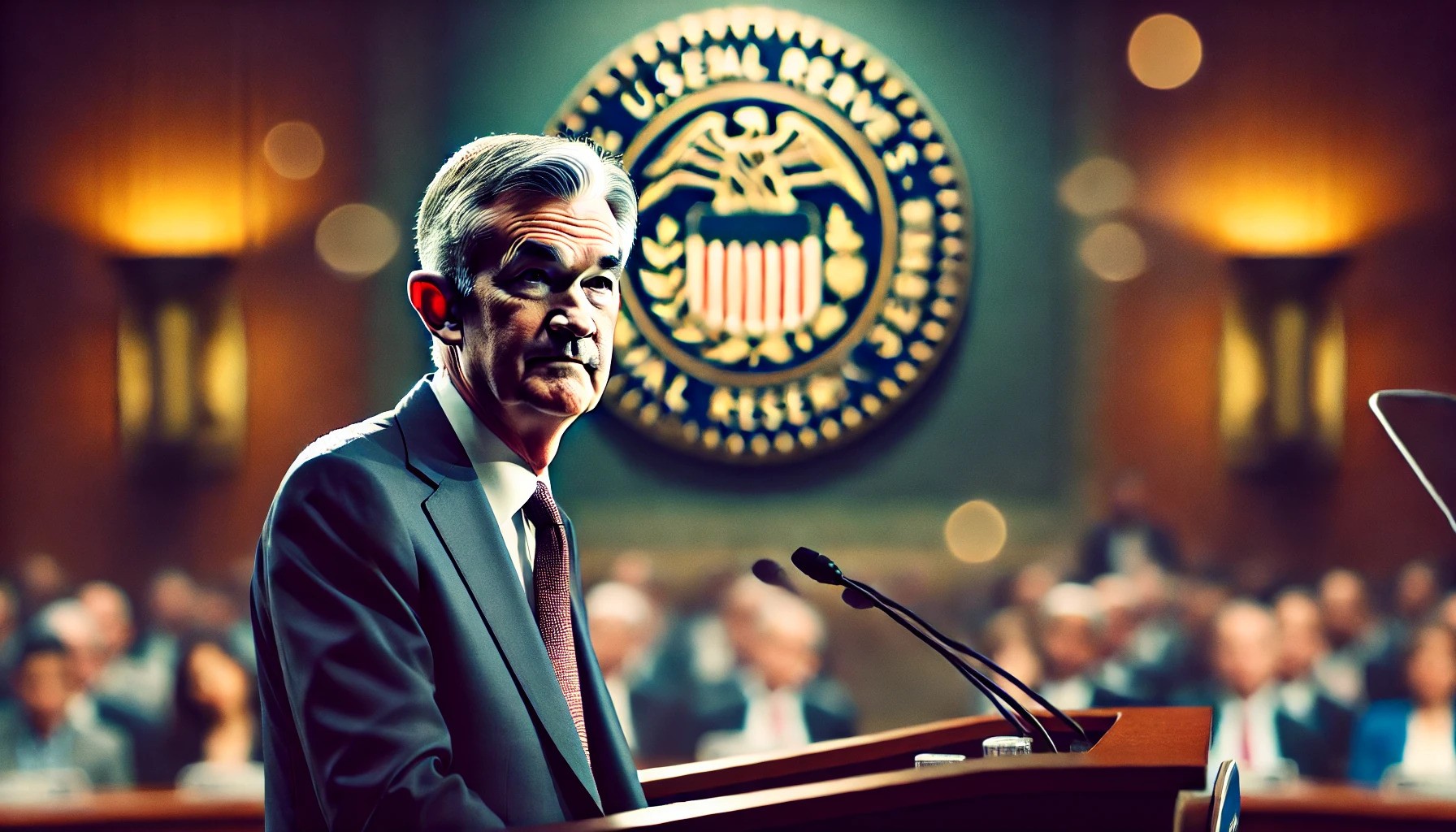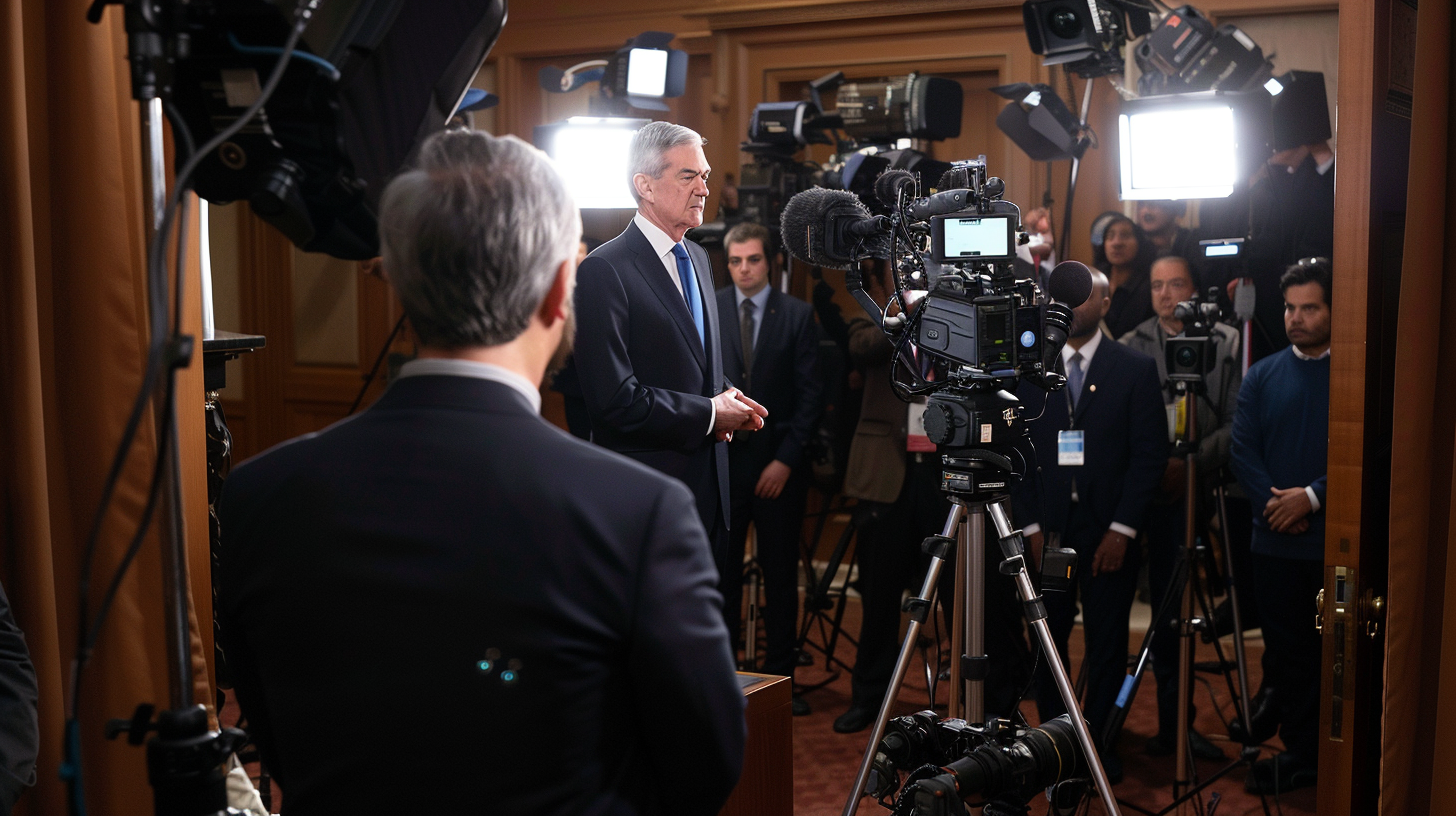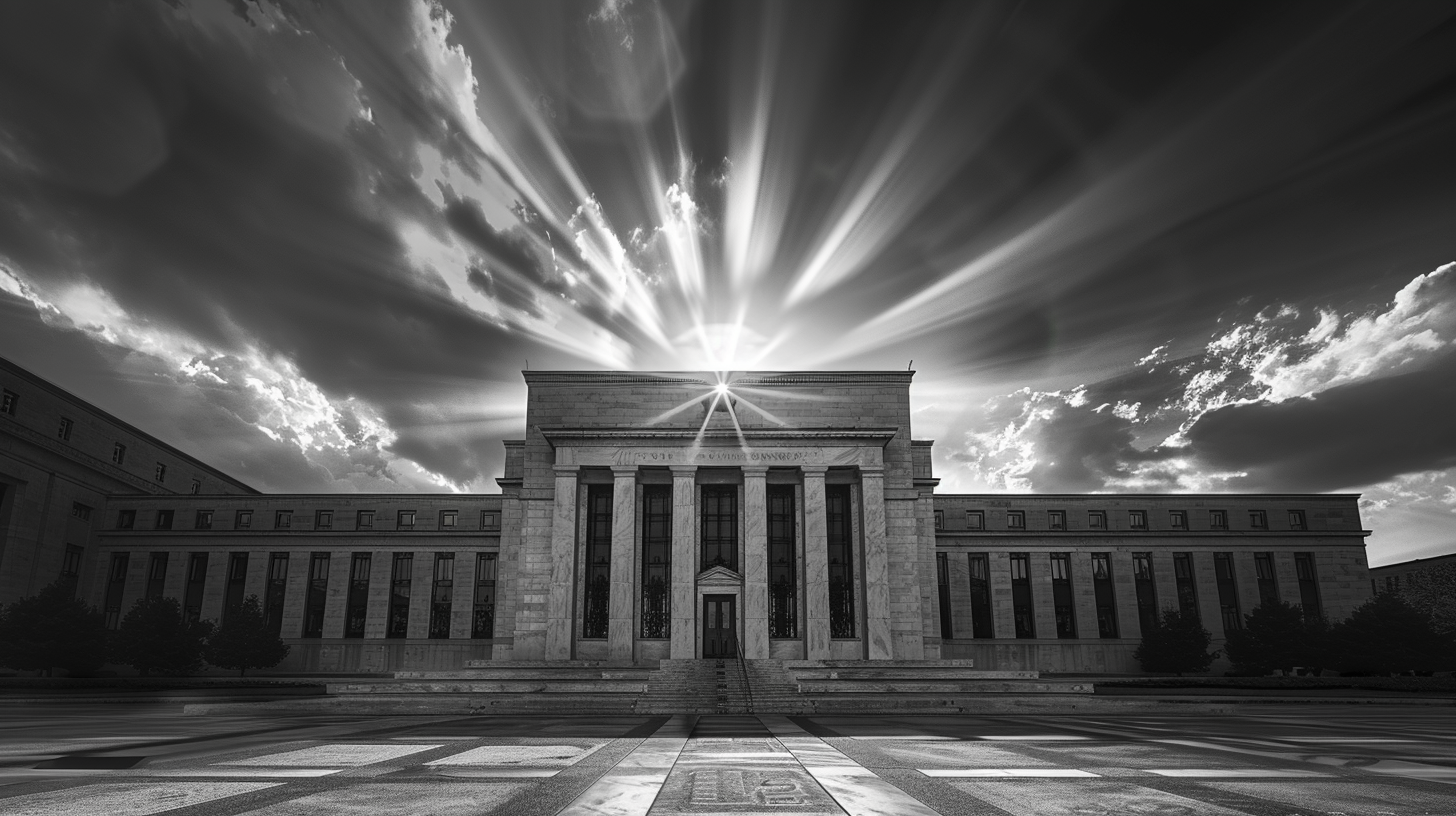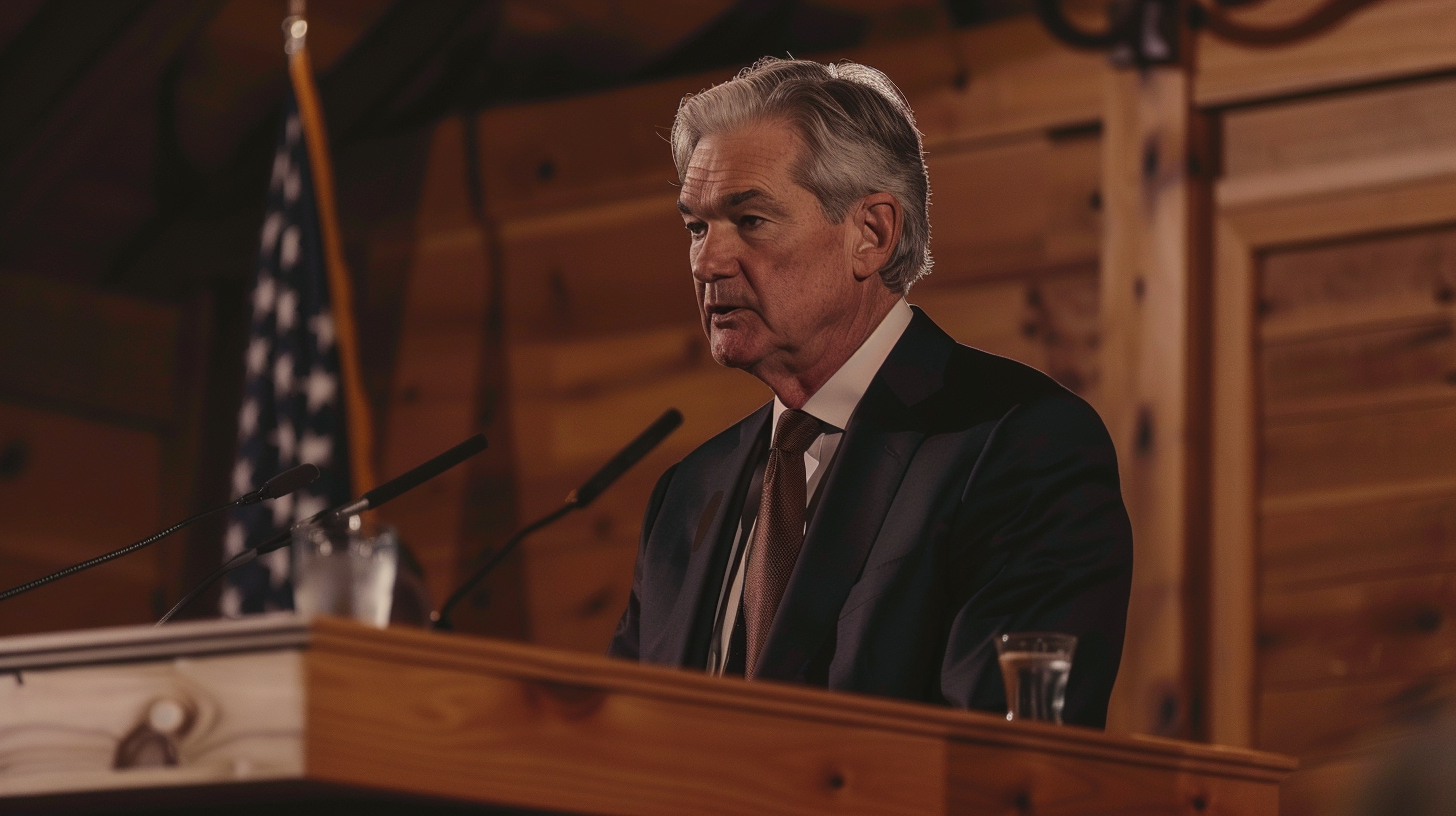| Key Points: – The Fed kept interest rates steady at 4.25%–4.5% for the fifth time in a row, signaling ongoing caution. – Governors Waller and Bowman dissented, citing concern over employment and downplaying inflation risks. – Trump intensified public pressure on the Fed, demanding steep rate cuts ahead of the September meeting. |
The Federal Reserve voted once again to hold interest rates steady, maintaining its benchmark range at 4.25% to 4.5% for the fifth consecutive meeting. The decision, made despite visible pressure from President Trump, revealed growing internal division among Fed leadership. Two of the central bank’s governors, Christopher Waller and Michelle Bowman—both Trump appointees—dissented, calling for a quarter-point rate cut. Their disagreement marks the first time in over 30 years that two sitting Fed governors have opposed a monetary policy decision.
The Fed’s decision underscores a delicate balancing act as it navigates slowing economic growth, sticky inflation, and intensifying political scrutiny. While GDP rebounded to 3% in the second quarter—after contracting by 0.5% in the first quarter—much of that surge was attributed to importers rushing to beat new Trump-imposed tariffs. Policymakers downgraded their economic outlook, describing growth as having “moderated,” a step down from June’s “solid” assessment.
Still, the labor market remains resilient. Fed officials reiterated their view of job growth as “solid,” even as they acknowledged inflation remains “somewhat elevated.” That language signals continued caution as the central bank tries to determine the longer-term effects of trade policy on consumer prices and employment.
The political pressure from the White House, however, is intensifying. President Trump, who has long pushed for lower rates to stimulate borrowing and reduce debt costs, called for a three-point rate cut just hours before the Fed’s latest announcement. He accused Fed Chair Jerome Powell of being too slow, saying, “Too late. Must now lower the rate.”
This public campaign has added to tensions between the executive branch and the Fed, raising concerns over the independence of the central bank. Powell has so far maintained a measured tone, calling for patience and more data before making any policy changes. Traders now expect the first rate cut to come in September, contingent on upcoming inflation and employment reports.
The dissent from Waller and Bowman highlights the philosophical divide within the Fed. Both argue that the inflationary impact of tariffs is likely temporary and should not delay monetary easing. Waller insists that trade-induced price spikes are one-offs, and that monetary policy should prioritize employment. Bowman, who previously voted against rate cuts over inflation concerns, now believes downside risks to jobs may outweigh inflation threats.
Meanwhile, Trump’s rhetoric around Powell has continued, even as he pulled back from directly threatening to fire the Fed chair. In a recent public appearance, he labeled Powell’s renovation of the Fed’s Washington, D.C. headquarters a wasteful project and questioned the chair’s leadership.
Looking ahead, the Fed faces mounting political and institutional pressure. GOP lawmakers are pushing for investigations and possible legislative changes to the Fed’s mandate. While immediate changes to the Federal Reserve Act remain unlikely, the calls for internal reviews and oversight reflect growing skepticism from Capitol Hill.
As inflation trends cool and political heat rises, the Fed’s upcoming September meeting may become a turning point. Until then, the central bank remains caught between data-driven caution and an administration demanding urgency.


